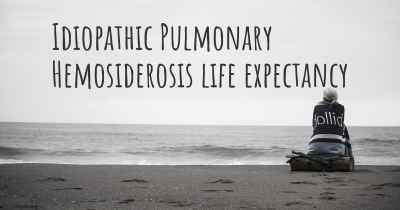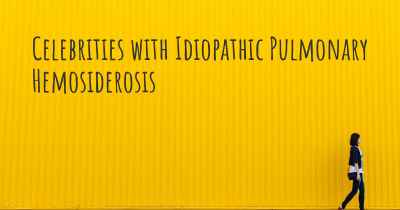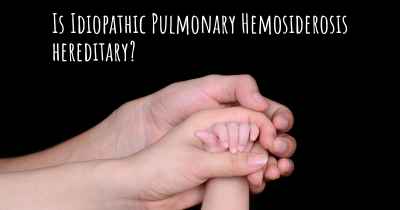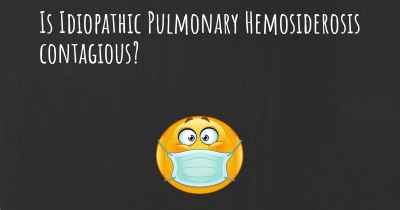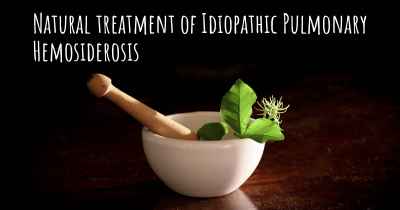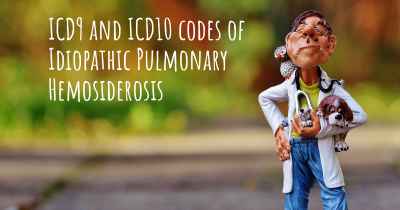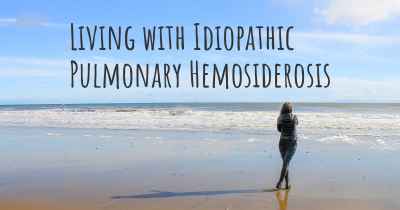Is it advisable to do exercise when affected by Idiopathic Pulmonary Hemosiderosis? Which activities would you suggest and how intense should they be?
See if it is advisable for people with Idiopathic Pulmonary Hemosiderosis to practice sports and which ones are the most recommended if you have Idiopathic Pulmonary Hemosiderosis
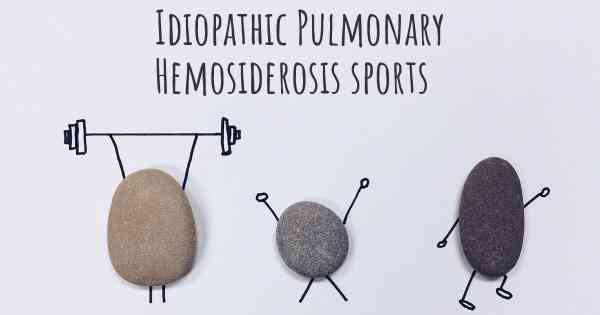
Idiopathic Pulmonary Hemosiderosis (IPH) is a rare disorder characterized by recurrent episodes of diffuse alveolar hemorrhage, leading to iron accumulation in the lungs. It primarily affects children and young adults, causing symptoms such as cough, shortness of breath, fatigue, and anemia. While exercise is generally beneficial for overall health, it is important to approach it cautiously when affected by IPH.
Consulting with a healthcare professional is crucial before starting any exercise regimen. They will assess your individual condition, severity of symptoms, and overall health to provide personalized recommendations. The intensity and type of exercise will vary depending on the individual, but there are some general guidelines to consider.
Low-impact aerobic exercises are usually recommended for individuals with IPH. These activities help improve cardiovascular fitness without putting excessive strain on the lungs. Walking, cycling, swimming, and using elliptical machines are excellent options. Start with shorter durations and gradually increase the time as tolerated.
Strength training exercises can also be beneficial, as they help improve muscle strength and endurance. However, it is important to avoid heavy lifting or exercises that require excessive exertion, as they can strain the respiratory system. Focus on lighter weights and higher repetitions, and always listen to your body's signals.
Flexibility exercises such as stretching and yoga can help improve range of motion and maintain joint flexibility. These activities can be incorporated into your routine to enhance overall physical well-being.
Monitoring your symptoms during and after exercise is crucial. Pay attention to any increased shortness of breath, chest pain, or dizziness. If these symptoms occur, it is important to stop exercising and rest. Inform your healthcare professional about any changes or concerns you may have.
Remember to warm up and cool down before and after each exercise session. This helps prepare your body for physical activity and prevents injury. Gentle stretching and light aerobic activity are ideal for warm-up and cool-down routines.
Hydration is essential during exercise, especially for individuals with IPH. Make sure to drink plenty of water before, during, and after your workout to prevent dehydration and maintain optimal lung function.
Lastly, listen to your body. If you feel excessively fatigued or experience worsening symptoms, it is important to rest and avoid pushing yourself too hard. Be patient with your progress and gradually increase the intensity and duration of your exercises over time.
In conclusion, exercise can be beneficial for individuals affected by IPH, but it is crucial to approach it with caution and under the guidance of a healthcare professional. Low-impact aerobic exercises, strength training with lighter weights, flexibility exercises, and monitoring symptoms are key considerations. Remember to warm up, stay hydrated, and listen to your body's signals. By incorporating exercise into your routine safely, you can potentially improve your overall well-being and quality of life.
Posted Oct 20, 2018 by Iphdaughter1 3500
